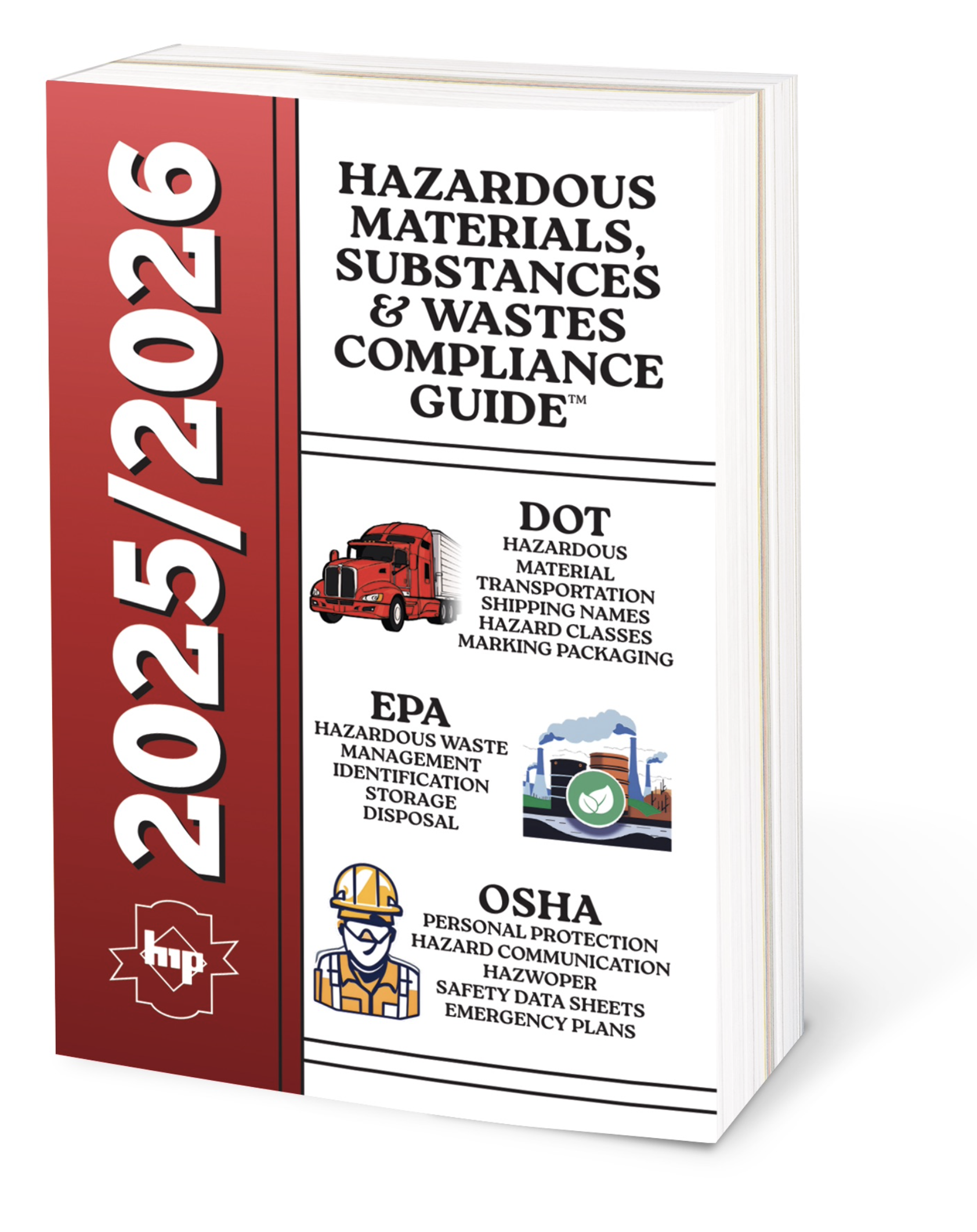The hazardous materials incident happened at the San Francisco port area offices of Wells, Fargo and Co. after a crate had arrived from New York by way of Panama two days earlier. Upon its arrival, a 300 pound, two and half by two and half foot crate was found to be leaking an oily and unfamiliar substance. Per policy, it was taken to their offices to assess liability for the freight, upon the ensuing attempts to open the crate its contents of nitroglycerin exploded, causing massive destruction and death.
Shortly thereafter, the SS European, a steam ship transferring cargo for its pre-Canal Panama Railway Company portion of the trip to California, blew apart in Aspinwall, Panama, killing over 50 people. Later it turned out to be falsely identified as “Glorian Oil”, a fictitious substance. These two incidents lead to a dramatic drop in sea going passenger travel as newspapers and the public speculated on a similar explosion at sea. In addition, there were financial concerns that large shipments from the California Gold Rush might be lost.
In the ensuing legal battles, the 1866 United States Supreme Court clarified that as the Carrier of Record, Wells, Fargo and Co. was deemed non-liable. The shipper was required to identify and package a material properly regardless of its contents.
Class and Describe:
Shippers must classify and describe hazardous materials under 49 CFR.
Authorized Packaging:
Shippers must ensure that the packaging is authorized
and complies with the relevant specifications.
Closure Instructions:
Shippers are required to precisely follow the manufacturer's closure instructions.
Use specified packaging components:
Adhere to torque specifications for containers.
Apply the correct type and amount of tape.
Ensure proper assembly and sealing of the package.
Maintain
Manufacture closure instructions for 90 days.
It’s been over 100 years since the first hazardous material regulations were written, targeting primarily rail and water, then in later years embracing highway and air.
It’s the shipper and generator that do the heavy lifting. The improper selection and closure of containers opens your company to corporate and even personal liability. Don’t become part of history, make sure your employees are properly trained and have the most up-to-date regulations at their disposal.
Robert J. Keegan
Publisher and President
Hazardous Material Publishing Company
Transportation Skills Programs
Hazmat-tsp@gmail.com
Text 610-578-3987



